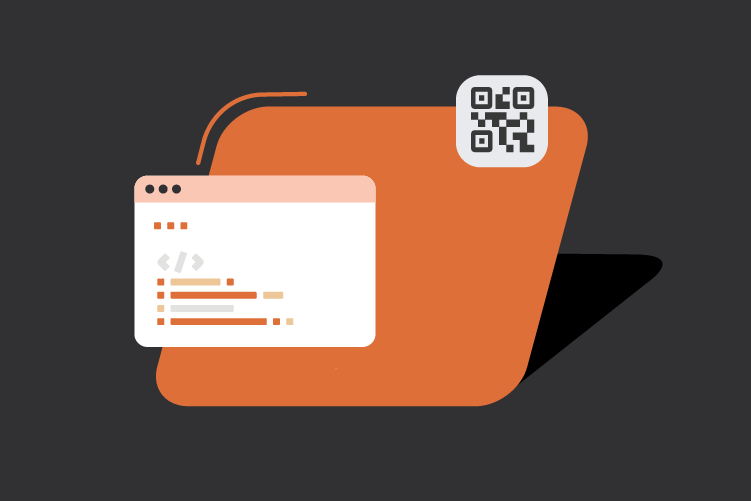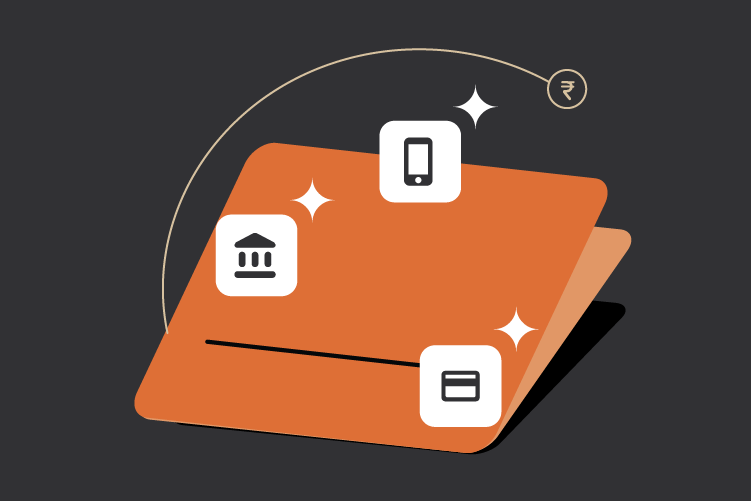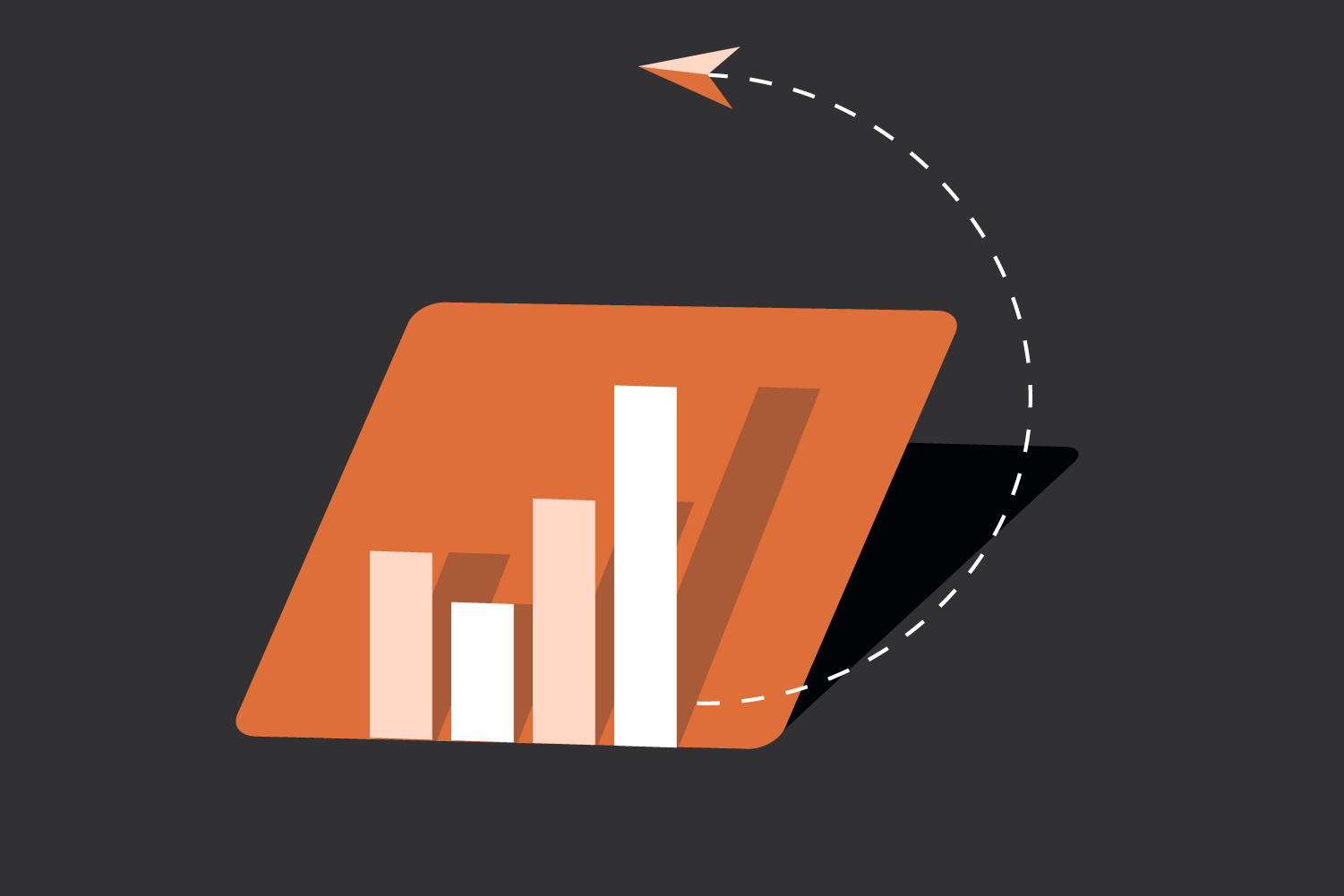In today’s competitive business landscape, managing cash flow is paramount to a company’s success. A healthy cash flow ensures timely payments to suppliers, investments in growth, and overall financial stability. One innovative solution to enhance cash flow is the implementation of collection APIs.
What are collection APIs?
Collection APIs are software interfaces that enable businesses to automate and streamline the process of collecting payments. These APIs integrate seamlessly with existing systems, allowing for efficient communication between businesses and their customers.
By automating various aspects of the collection process, collection APIs can significantly reduce manual effort, minimize errors, and accelerate payment receipt.
Types of collection APIs
Several types of collection APIs are available to meet different business needs:
Payment gateway APIs
These APIs facilitate secure online payments by integrating with various payment methods such as credit cards, debit cards, and digital wallets.
Connected banking APIs
Connected banking APIs allow businesses to connect directly to their customer’s bank accounts, enabling instant payments and reducing reconciliation efforts.
Customized invoicing & invoice OCR APIs
These APIs enable businesses to create and send customized invoices and extract payment information from scanned or uploaded invoices using Optical Character Recognition (OCR) technology.
BBPS (Bharat Bill Payment System) APIs
BBPS APIs facilitate the payment of utility bills, telecom bills, and other recurring payments through a standardized platform.
UPI/VPA collect APIs
These APIs enable businesses to collect payments directly from customers’ bank accounts using UPI technology, providing a convenient and secure payment option.
How to implement collection APIs?
Implementing collection APIs requires a well-planned approach:
- Identify your needs: Determine the specific collection processes you want to automate and the functionalities required from the API.
- Choose the right API provider: Research and select a reputable API provider that offers the necessary features and aligns with your business requirements.
- Integrate the API: Integrate the API into your existing systems, ensuring seamless communication between your applications and the API provider’s infrastructure.
- Test and optimize: Thoroughly test the API integration to identify and resolve any issues. Continuously monitor and optimize the API’s performance to ensure maximum efficiency.
Boost your cash flow with collection APIs
Collection APIs offer numerous benefits that can significantly boost your cash flow:
- Faster payment collection: Automated processes reduce manual errors and delays, resulting in quicker payment receipt.
- Improved customer experience: Seamless payment options and 24/7 availability enhance customer satisfaction and loyalty.
- Reduced operational costs: Automation minimizes manual effort and administrative overhead, leading to cost savings.
- Enhanced data insights: Collection APIs provide valuable data on payment trends, customer behavior, and collection performance, enabling data-driven decision-making.
Examples: Impact of collection APIs
To illustrate the impact of collection APIs, let’s consider the following examples:
Scenario 1: E-commerce
An online retailer can use payment gateway APIs to offer a variety of payment options to customers, including credit cards, debit cards, digital wallets, and even buy now, pay later options. This flexibility enhances the customer experience and increases conversion rates.
Additionally, by integrating with connected banking APIs, the retailer can offer instant bank transfer options, providing a more convenient and secure payment method for customers who prefer to pay directly from their bank accounts.
Scenario 2: Subscription-based Services
A SaaS company can leverage recurring billing APIs to automate the collection of subscription fees, ensuring timely payments and reducing churn. By integrating with connected banking APIs, the company can offer direct debit options, providing a convenient and secure payment method for customers.
This reduces the risk of missed payments and improves cash flow predictability.
Scenario 3: Utility Providers
Utility providers can utilize BBPS APIs to allow customers to pay their bills through a standardized platform, providing a convenient and secure option. Additionally, by integrating with UPI/VPA Collect APIs, utility providers can offer customers the flexibility to make payments directly from their bank accounts using their UPI IDs.
This reduces the need for physical visits or manual data entry, improving customer satisfaction and reducing operational costs.
When selecting a collection API provider, consider factors such as the supported payment methods, integration options, pricing, customer support, and security features. By carefully evaluating these factors, you can choose the best API provider such as Zwitch to meet your business needs and optimize your cash flow.
Interested in our APIs? Let’s talk!
Tell us your automation goals, and we’ll set you up with a free, personalized demo from our API expert.
Learn MoreFAQs
What are collection APIs?
Collection APIs are software tools that help businesses automate and streamline the process of collecting payments.
How can collection APIs benefit my business?
Collection APIs can help you collect payments faster, reduce manual work, and improve customer satisfaction.
Can collection APIs help me reduce my operational costs?
Yes, by automating payment processes, collection APIs can help you save time and money.



0 Comments